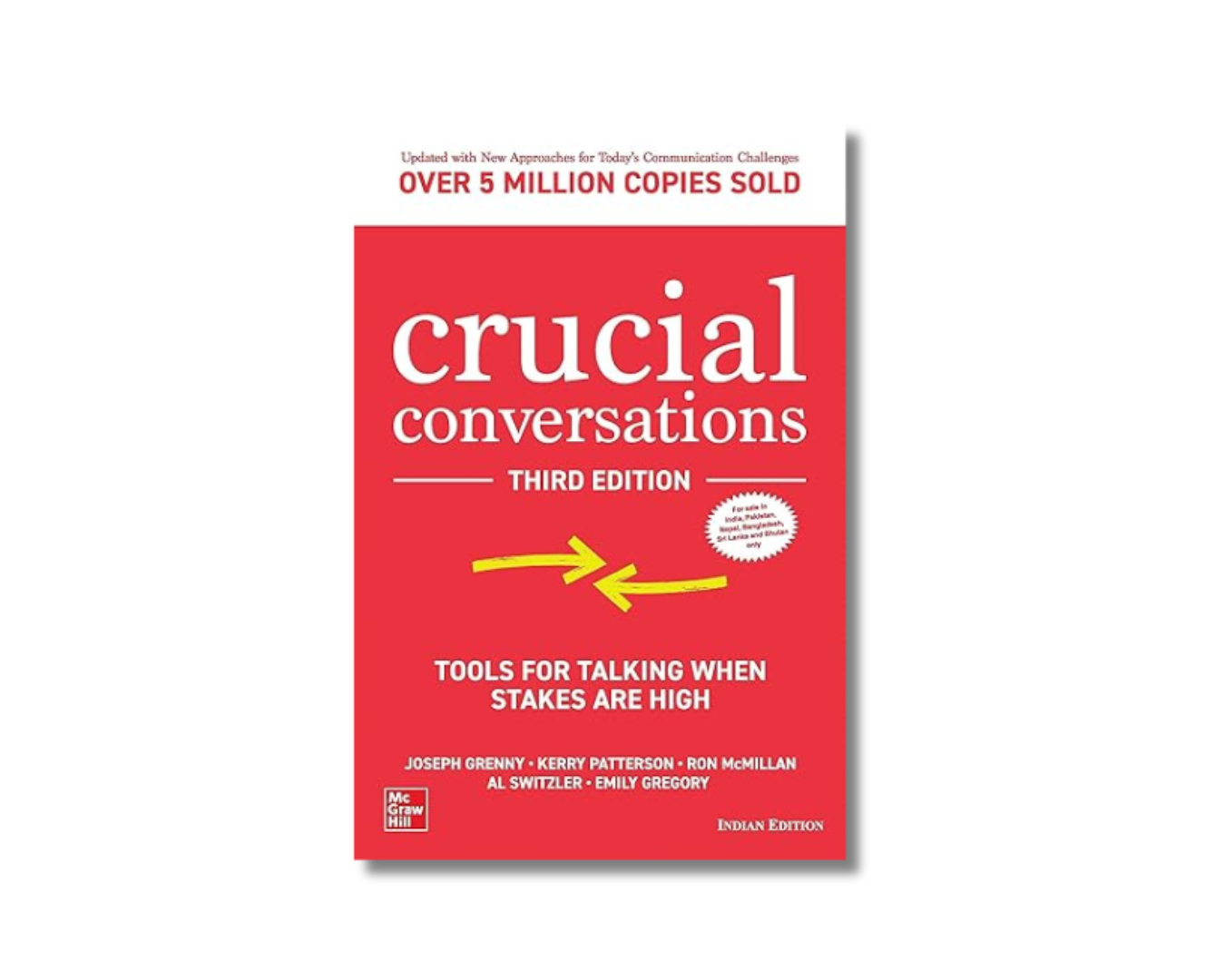The Painful Truth Most Founders Don't Want to Hear
Most founders don’t own a business. Their business owns them.
I learned this the hard way.
My fitness business ran from 6 AM to 11 PM. Seven days a week. No holidays at all. And I was there — all the time.
- Team? Skilled.
- Systems? Half-baked.
- Freedom to breathe? None.
I was inching closer to burnout.
Then I read “The E-Myth” by Michael Gerber.
And it shattered everything I thought I knew about running a business.
The Three Critical Insights That Changed Everything
1. The Expertise Trap
- Your skills built the business.
- But they’re keeping you trapped inside it.
- “I’ll do it myself” is a job, not leadership.
This was the first hard truth I had to confront. As a software engineer by training, I approached my fitness business like a technical problem to solve. Despite not having fitness industry experience, I fell into a different version of the expertise trap – believing I needed to learn and master every aspect of the business myself rather than building systems and teams.
I was trapped by the feeling that I couldn’t delegate until I understood everything, which meant endless hours learning the business from the ground up instead of designing it from the top down.
Gerber calls this the “Technician’s Perspective” — the mistaken belief that the path to business success comes from mastering the technical work rather than mastering the art of building business systems.
2. The Control Paradox
- The tighter you grip, the more you lose.
- Everything needs you = no scaling.
- The real control comes from letting go.
I was the bottleneck in my own business. Every decision, every problem, every detail had to go through me. I thought this level of control meant I was being a responsible owner. In reality, I was preventing my business from growing beyond my personal capacity.
The E-Myth revealed that true control doesn’t come from doing everything yourself—it comes from creating systems so reliable that they can run without you.
3. The Systems Truth
- Business success is not about you.
- A business built around you is a cage.
- Scale starts when you make yourself optional.
This was perhaps the most profound realization. My business wasn’t an extension of myself—it needed to be a separate entity that could thrive whether I showed up or not.
Gerber explains that a successful business is ultimately a product of systems, not heroic individual effort. The founder’s job is to work ON the business (designing systems) rather than IN the business (executing tasks).
The Freedom Roadmap: From Stuck Owner to True CEO
The journey from overwhelmed founder to strategic CEO follows a predictable path. Here’s the roadmap I followed after reading The E-Myth, which transformed both my businesses and eventually led to successful exits:
Stage 1: Owning (The Technician)
At this stage, you’re:
- Working IN the business
- Relying on personal expertise
- Focusing on today’s tasks
- Measuring success by how much good work you do
- Measuring hours worked
- Solving problems directly
- Making tactical decisions
- Seen by your team as the expert
- Growing by taking on more work
- Identifying as the best worker
This is where I started—and where most founders get stuck.
Stage 2: Running (The Manager)
At this stage, you’re:
- Working both IN and ON the business
- Developing management skills
- Focusing on this month’s goals
- Measuring success by meeting targets
- Measuring team output
- Creating processes for problems
- Making operational decisions
- Seen by your team as a manager
- Growing by managing more
- Identifying as the best manager
This is the critical transition phase where you start creating breathing room.
Stage 3: Leading (The Entrepreneur)
At this stage, you’re:
- Working ON the business
- Mastering vision and strategy
- Focusing on next year’s vision
- Measuring success by building systems
- Measuring business growth
- Preventing problems systemically
- Making strategic decisions
- Seen by your team as a leader
- Growing through more freedom
- Identifying as a true CEO
This is where business ownership becomes valuable and fulfilling. By the time I sold my businesses, I was firmly in this stage—which significantly increased both their value and attractiveness to buyers.
The Biggest Lesson I Learned
Being the best worker in your business is the fastest way to kill its potential.
When I finally understood this, everything changed. I started methodically replacing myself in every function:
- I documented every process I performed
- I hired and trained people to follow those processes
- I created systems to maintain quality without my constant oversight
- I gradually elevated to more strategic work
The result? Within 18 months, my day-to-day involvement dropped from 70+ hours to under 20 hours per week. Profitability increased by 18%. And most importantly, I regained my life.
Where do you stand?
Take a moment to review the Freedom Roadmap chart above and honestly assess where you stand today.
Identify which column most accurately reflects your current role, then use the practical strategies given below to deliberately move rightward toward the ‘Leading’ column—where true business freedom awaits.
From Theory to Practice: Building Your Business Machine
The E-Myth is powerful because it’s practical. Here’s how I implemented its core principles:
Principle #1: Work ON your business, not IN it
I blocked off “CEO time” every week—non-negotiable hours dedicated solely to improving systems, not handling day-to-day operations.
Principle #2: Create your Company Operating System
I developed detailed procedures for every single function in the business. Nothing was left to memory or “just knowing how.”
Principle #3: Design for the customer experience, not your convenience
I mapped the entire customer journey and built systems to ensure consistency at every touchpoint—regardless of who was delivering the service.
Principle #4: Build measurement systems
I created dashboards and metrics to monitor business health without needing to be physically present.
How This Transformed My Exit Strategy
When it came time to sell my businesses, the E-Myth principles proved invaluable. Because my companies could operate without me, they were:
- More valuable to acquirers (who weren’t buying a job)
- Easier to transition (with comprehensive operations manuals)
- Profitable even during the transition period
The systems-based approach directly contributed to higher valuation multiples and smoother acquisition processes for both my businesses.
Who Should Read The E-Myth
This book is perfect for:
- Overworked founders who can’t remember their last day off
- Skilled practitioners who started a business and now feel trapped
- Business owners hitting growth plateaus despite working harder
- Entrepreneurs preparing for eventual exit who need to make themselves optional
If you find yourself constantly saying “I just need to do this myself to make sure it’s done right,” this book will change your life.
Ready to Break Free From Your Business?
As a CEO coach who has guided dozens of founders through this exact transition—and lived it myself through two successful exits—I know the challenge of breaking free from the founder’s trap.
The mindset and systems changes required aren’t always intuitive, but they’re learnable.
🎓 That’s why I created the Founder’s Freedom Blueprint
A self-paced course to help you:
- ✔️Escape daily ops
- ✔️Reclaim your time
- ✔️Build a company that runs without you
And if you’d like to explore more Strategic Frameworks From My Bookshelf, you might find these interesting:
- Checklist Manifesto – Transform E-Myth’s systems approach into practical, daily routines that ensure consistent execution
- Good to Great – Scale your systems-dependent business to lasting significance without losing its core identity




